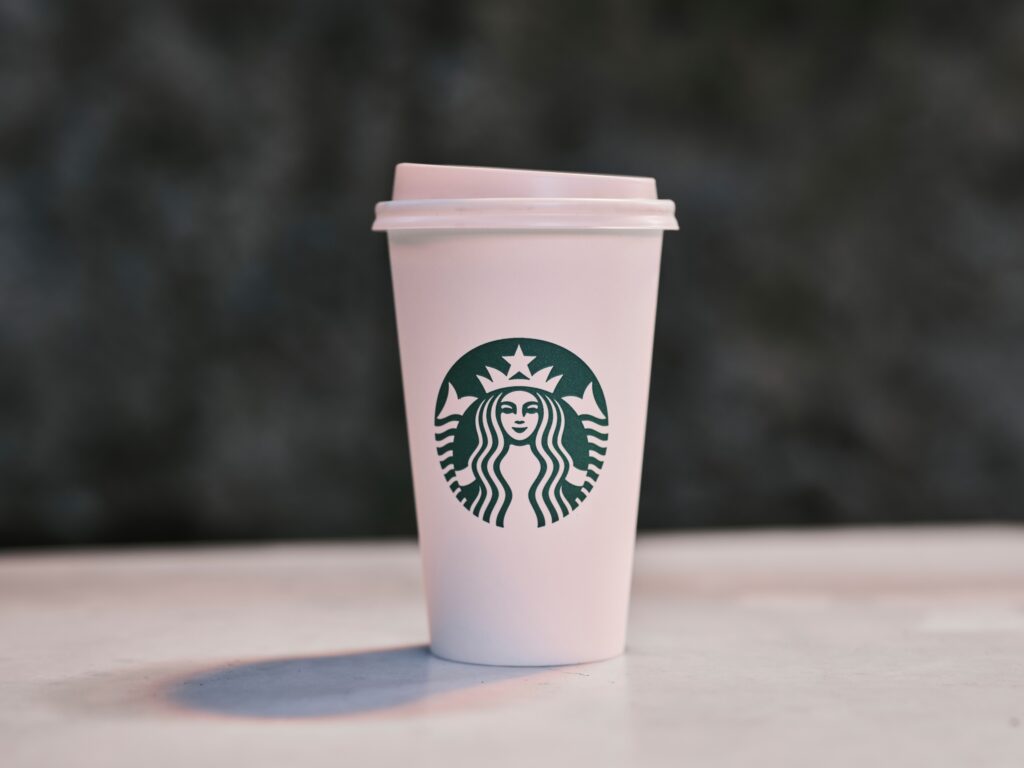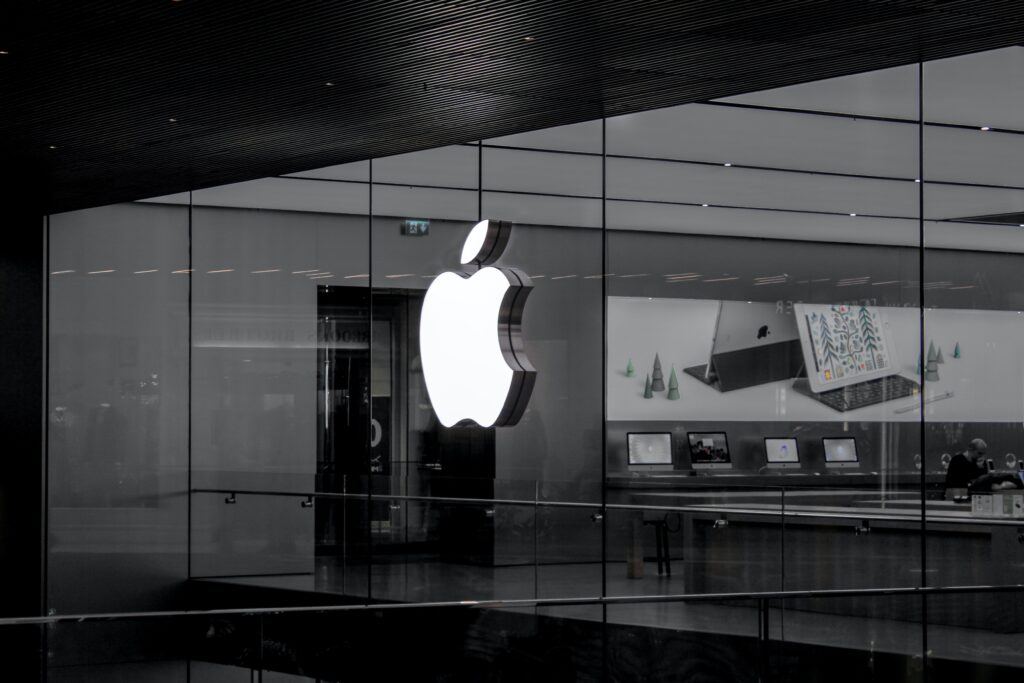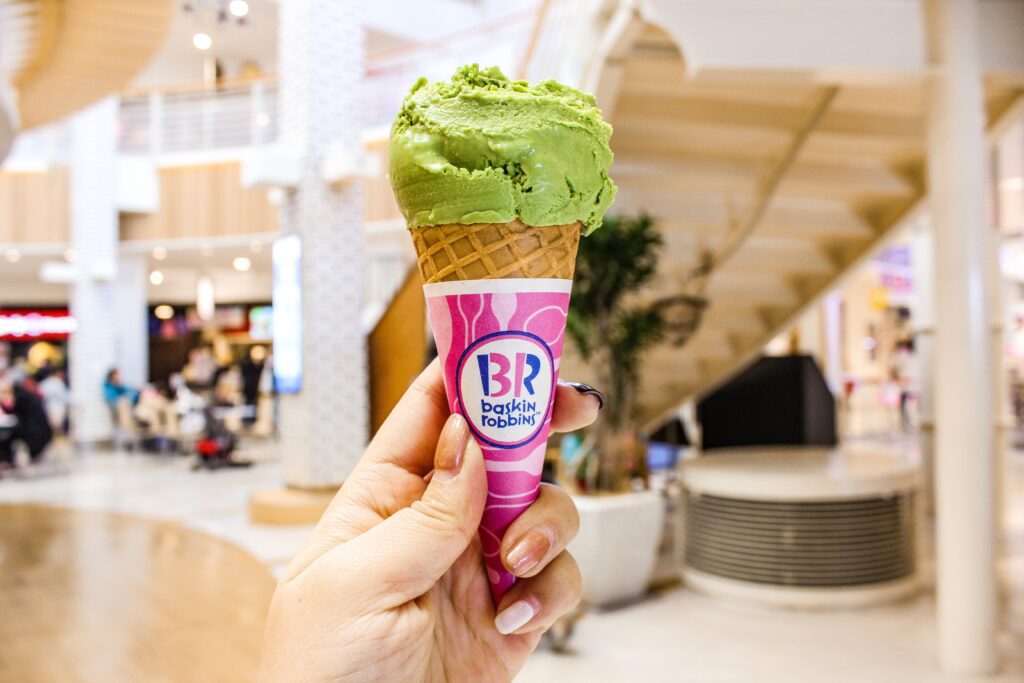Sensory marketing, a subset of psychological marketing is all about appealing to one or more of your customer’s five senses to uniquely position your brand or product, thus successfully driving their behavior, judgment, or perceptions.
Traditional Marketing Vs Sensory Marketing
- In stark contrast to traditional marketing’s assumption of concrete product factors like price, features, and utility will drive consumer engagement, sensory marketing utilizes sensory, emotional, cognitive, and behavioral aspects of consumers to drive purchase decisions.
- Monologues to multidimensional conversations: Traditional marketing focuses on a one-way vocalization of products/services directed to customers while sensory marketing manifests products with their voice to which consumers respond instinctively, thus leading to a lasting effect.
Why Sensory Marketing?
Going beyond the realms of digital marketing trends, psychological marketing targets the fundamentals- human emotion. Here are some of the brands that exhibited prolific sensory marketing tactics

Visual
More than 85% of consumer decision for buying is influenced by the color, make, look and feel of a product or service.
Starbucks: Being a pioneer of multi-sensory marketing, Starbucks aces the game to appeal visually to its customers. Right from immersive seating arrangements, and brighter lighting for the cash register area and the shelves with the products, to names written on coffee cups, the premium visual experience is what drives people to return to the stores.

Sound
99% of brand information is familiarised among customers utilizing unique sound positioned alongside sight.
Intel: The classic five-note bong of Intel that accompanied brand commercials at the end successfully created a mass appeal to a commodity product that otherwise was lesser known to its end users.

Touch
Touching a product can advance consumer satisfaction and hence, increase the perceived value of the product.
Apple: With a customary 70-degree screen inclination in notebooks to permit to use, feel and try its products when in-store, Apple not only entices customers to test the functionality of products but also triggers a better sense of brand loyalty.

Smell
Olfactory marketing can increase customer satisfaction scores by more than 20%, thus creating a heightened value perception.
Dunkin’ Donuts: Dunkin’ Donuts exhibited an exceptional 29% increase in brand sales and 16% store visits in Seoul as a result of its “flavor radio” campaign wherein every time the brand jingle was played, automated aroma dispensers would release the scent of coffee.

Taste
Taste is considered to be the hardest knuckle to crack and at the same time the most important re-purchase driver, as it can influence up to 90% of customer preferences.
Baskin Robbins: Starting from the 31-flavor for a month to the ‘flavor of the month’ scheme and several flavors to suit the local palette, the brand successfully engages its customers in an exceptional experience by driving its strategies from their feedback.
In a pool of trends and advertising gimmicks, sensory marketing can give your business the edge to cut through the clutter and deliver promising outcomes. Reach out to our experts for more such insights to accelerate your business performance!





 Market Research
Market Research Consumer Research
Consumer Research Industry Research
Industry Research Market Entry Strategy
Market Entry Strategy Feasibility Studies
Feasibility Studies Product Research
Product Research Automobile & Mobility
Automobile & Mobility Banking and Finance
Banking and Finance Consumer Products & FMCG
Consumer Products & FMCG Ecommerce & Retail
Ecommerce & Retail Industry & Manufacturing
Industry & Manufacturing Government & Public Sector
Government & Public Sector Industry Associations
Industry Associations Technology & Software
Technology & Software Venture Capital & PE
Venture Capital & PE Consulting & Advisory
Consulting & Advisory India Entry Market Research
India Entry Market Research Innovation Consulting
Innovation Consulting KX Market Radar
KX Market Radar Business Model Development
Business Model Development Gen Z Navigator
Gen Z Navigator